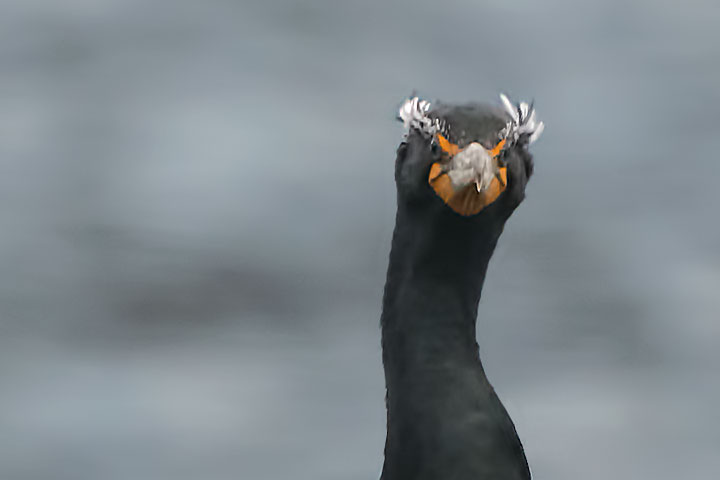
Showing the crests (Mar. 5, 2018)
Double-crested Cormorants can be seen around Kootenay Lake throughout the year. Unlike Mallards and Canada Geese, the cormorant is a somewhat uncommon sight. While a few breed at the south end of the Lake, they are primarily seen twice a year during migration.
Our local cormorant is named, double-crested, yet, the crests are only seen briefly early in the breeding season.
Cormorants are water birds. They are adapted for underwater swimming where they prey upon swimming and bottom fish. Unlike many other water birds, their feathers are wettable, an adaptation that prevents excess buoyancy when diving for fish. Consequently, when swimming on the surface, they float rather low in the water. They also often carry their bills tipped up.
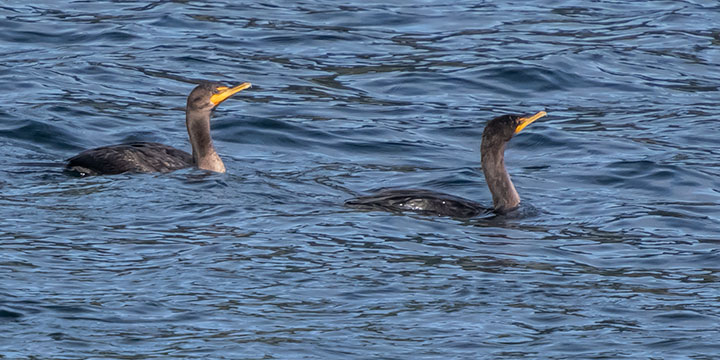
Following a dive, cormorants will sometimes face into the wind and spread their wings so as to dry them. Usually done on land, it is uncommon to see them do this while still in the water.
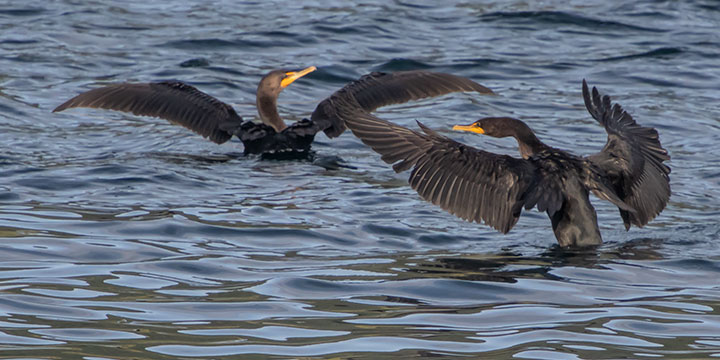
Cormorants have relatively small wings, which gives them a fairly high flight speed.
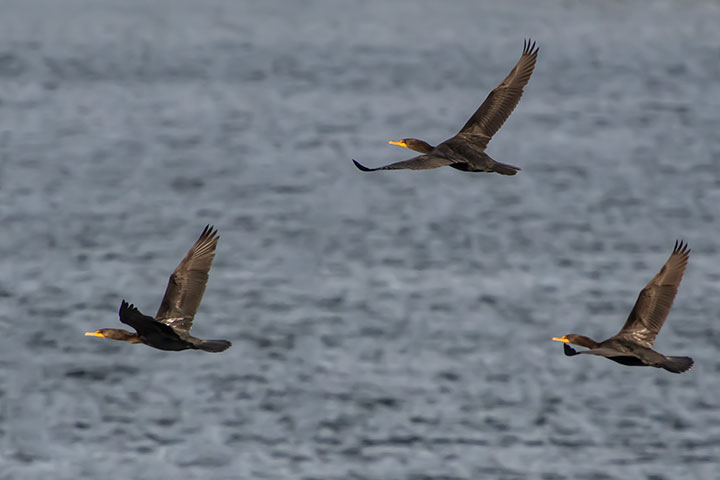
The speed of a cormorant makes it a challenge to obtain a detailed shot of one flying.
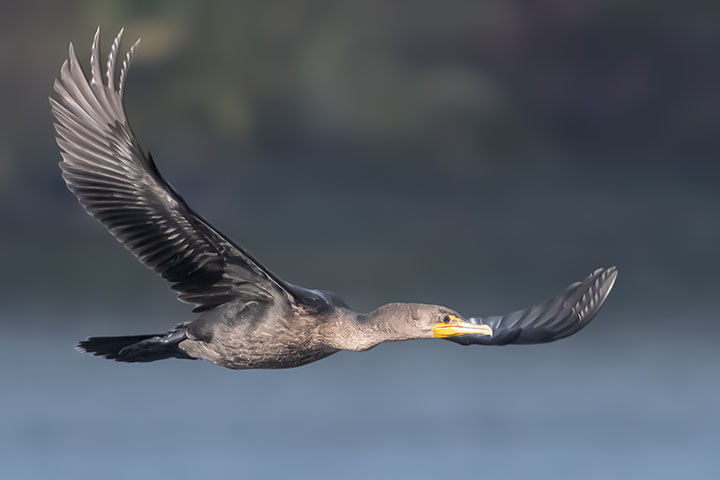
Juveniles have a pale neck and breast that gradually blends into its darker belly.
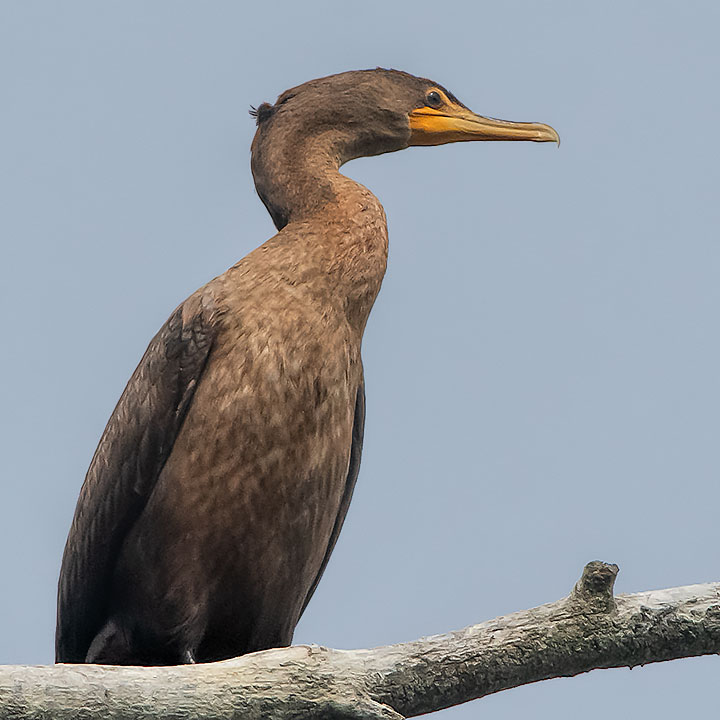
A cormorant expressing its opinion.
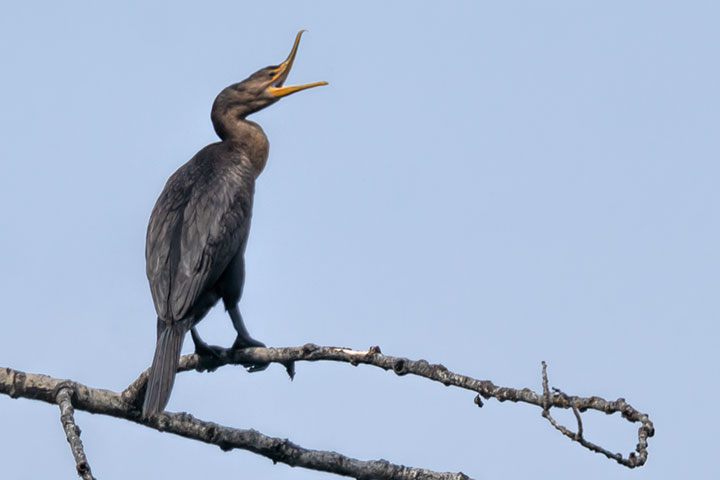

They are yet another fascinating water bird indeed Alistair … thanks!
Great photos
Thanks Alistair — I’m reminded of a discussion with a jeweler. I had asked for an engraving of a cormorant with spread wings, but he felt it was to ominously similar to that of a vulture. He was not familiar with the east coast of Vancouver Island, where they a often seen drying their wings while perched on pilings. I must admit I’ve not spotted them on Kootenay Lake, but now I will keep watch.
Wendy, it seems that one should not rely upon the advice of a non-birder for advice about birds. The Turkey Vulture spreads its wings to dry them, warm its body after a cold night, and to bake its parasites. As far as observers can tell, the Cormorant, only spreads its wings to dry them. And Cormorants are around Kootenay Lake, but are not all that common.